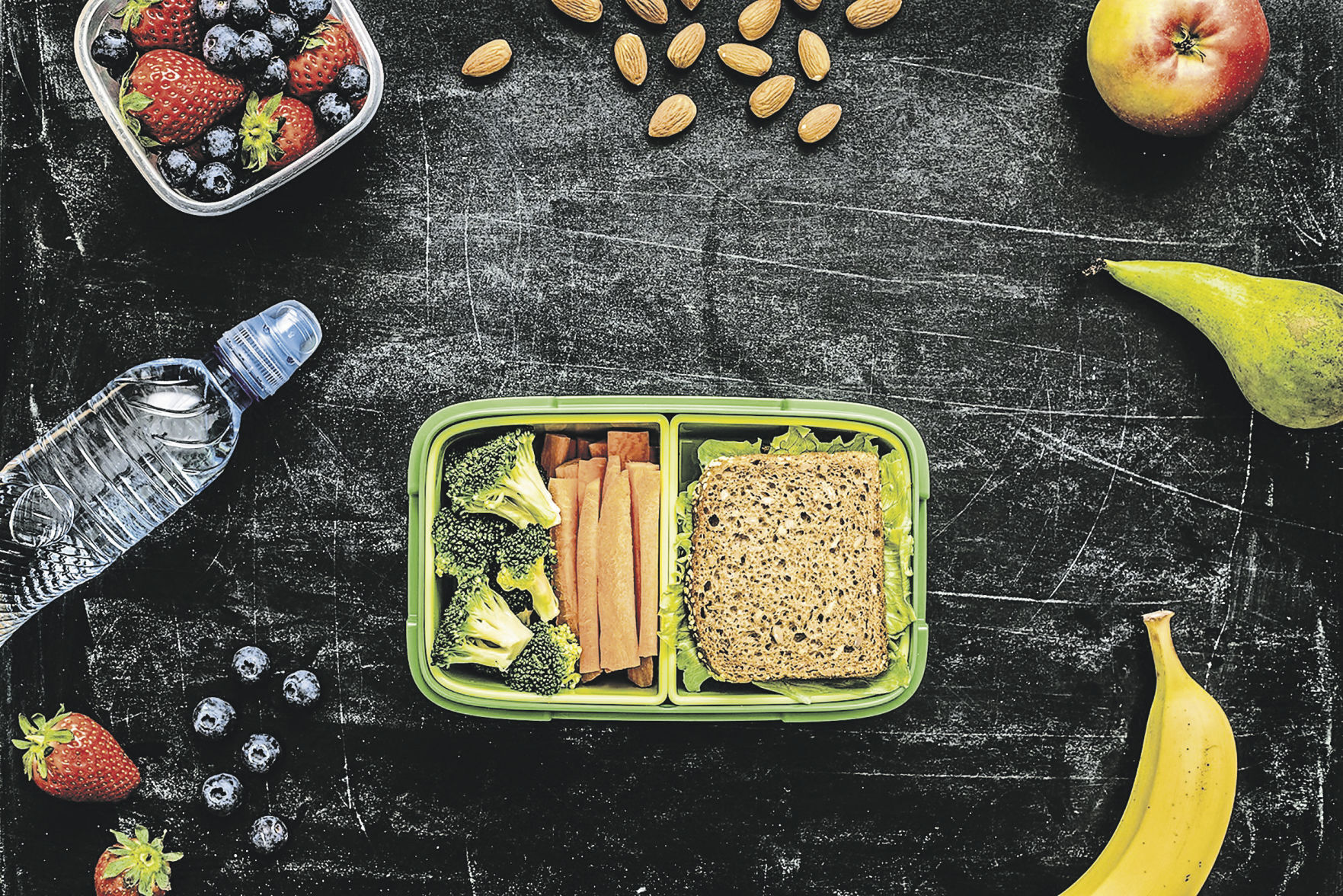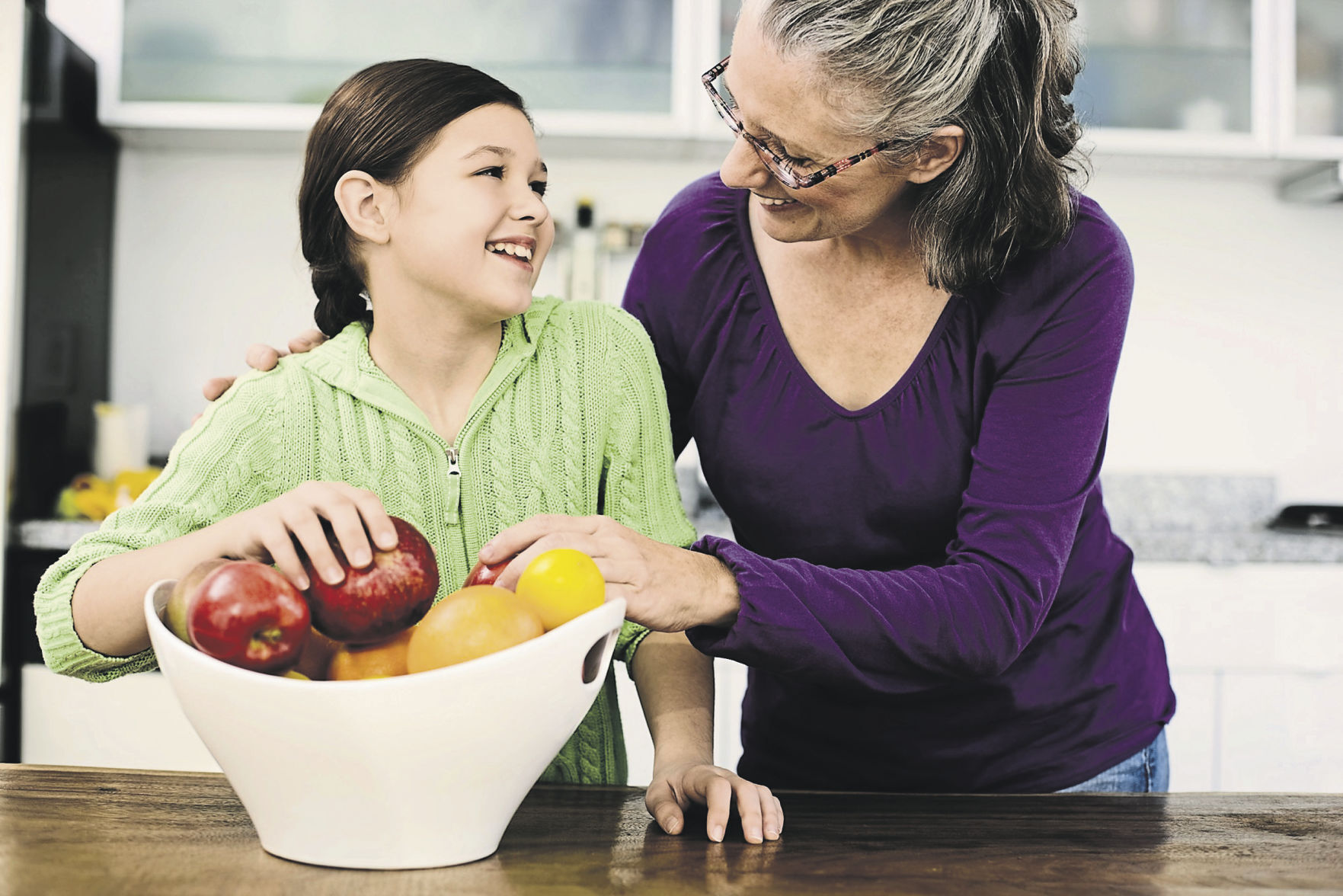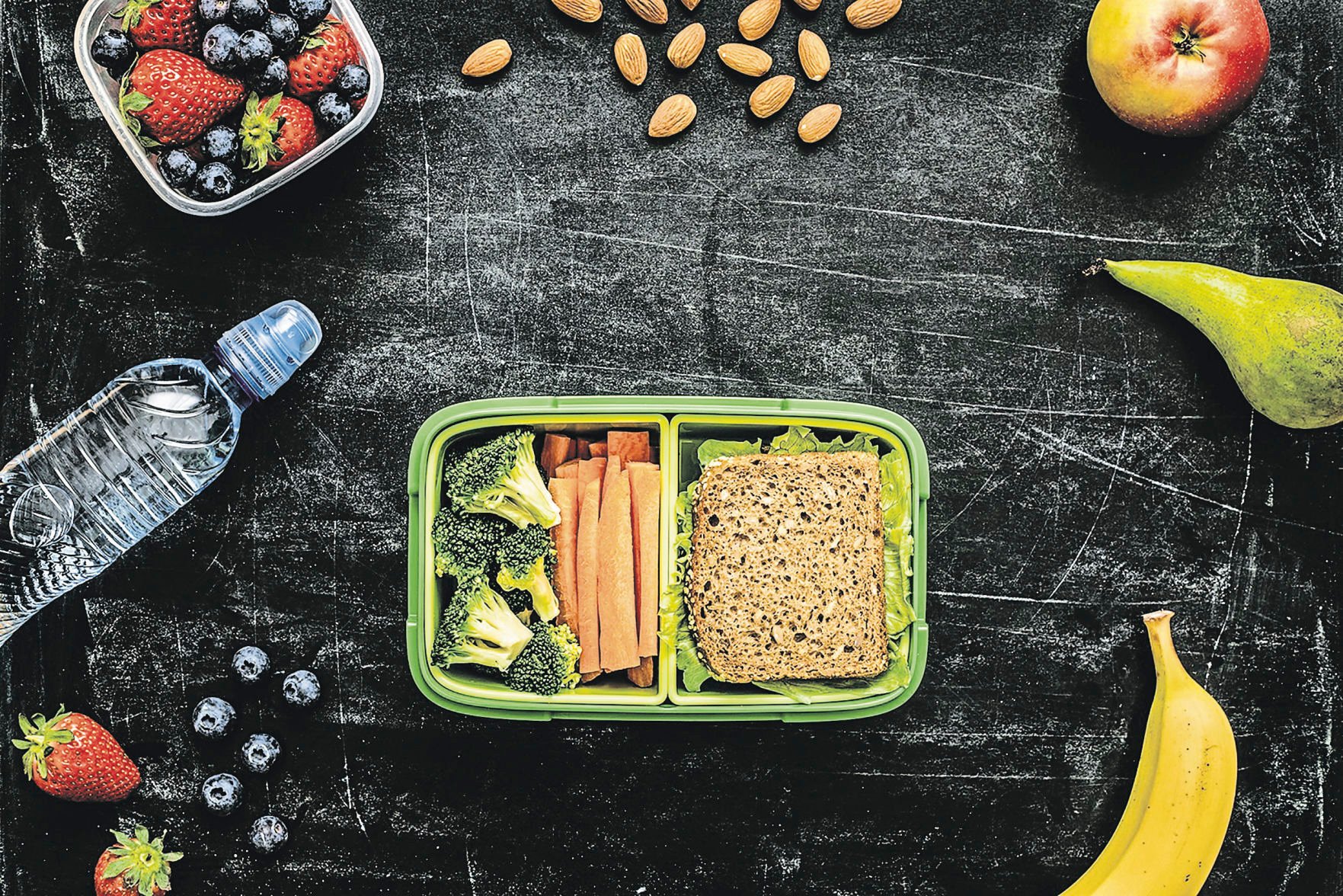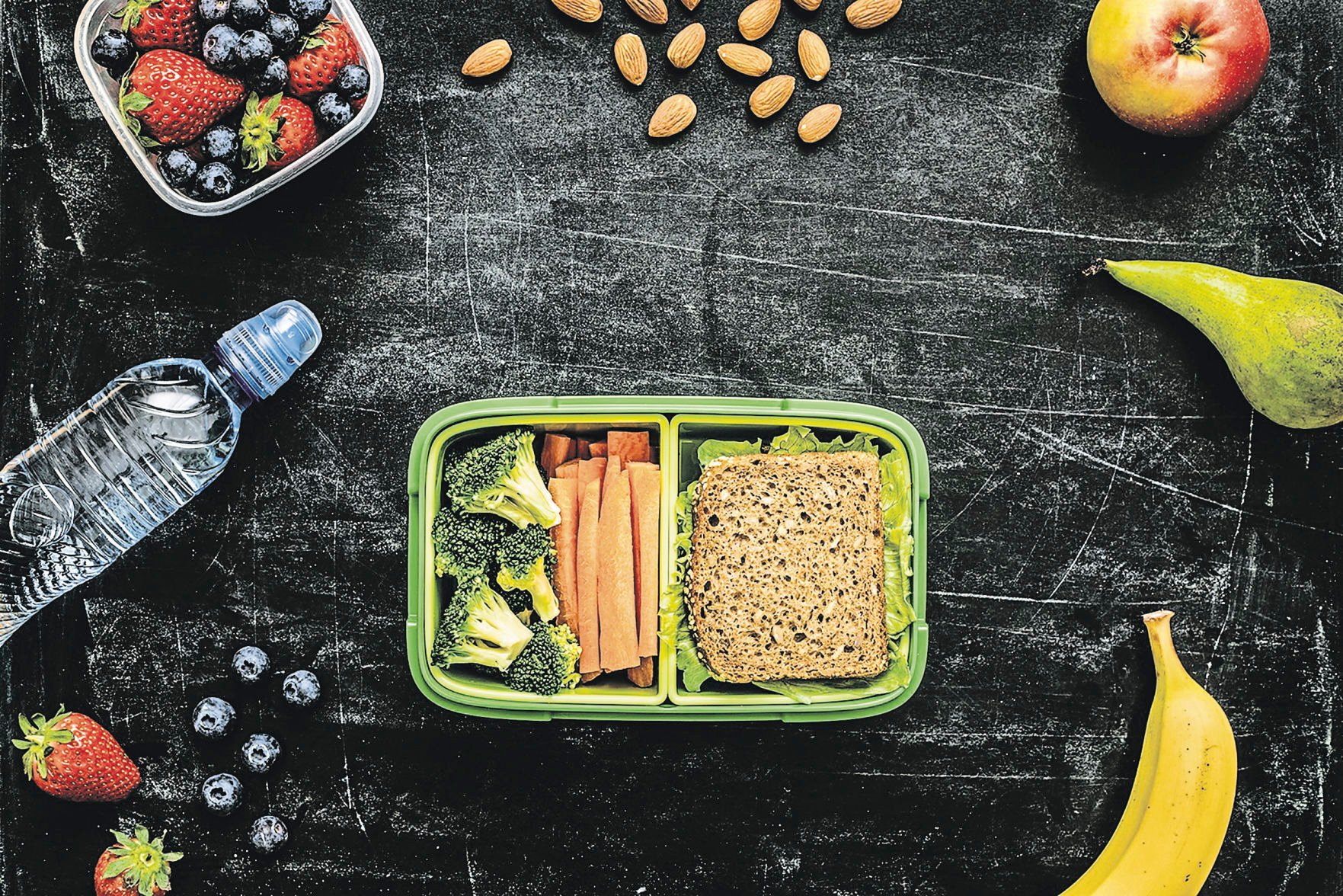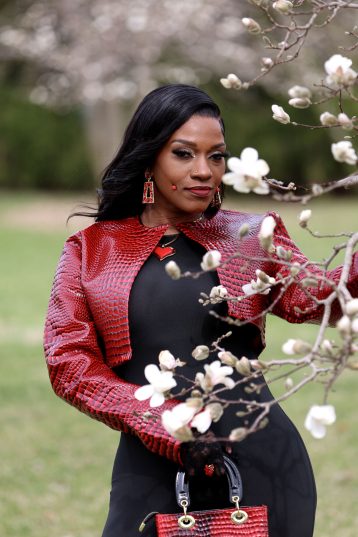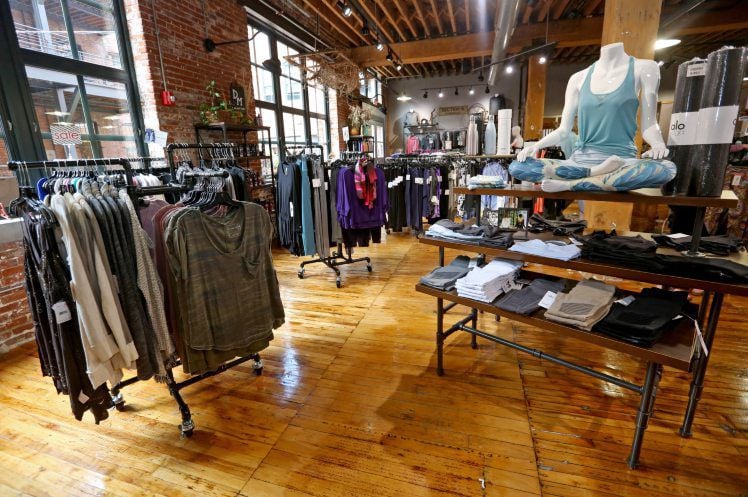While there is a lot of guidance available about what to feed children, until now, there has been little guidance about how to feed them.
New recommendations offer parents and caregivers practical tips for encouraging healthy eating habits vital to growth, development and health.
“Childhood is a critical period for developing lifelong eating habits, and home is one of the first places where these habits emerge,” says Megan Lott, deputy director of Healthy Eating Research. “As a registered dietitian and parent myself, I know that reluctance to try new foods and other picky eating habits are common in childhood.”
In an effort to make mealtimes easier for families, HER, a national program of the Robert Wood Johnson Foundation based at Duke University, recently convened a panel that reviewed scientific research to develop recommendations for how to feed ages 2-8.
They found that structuring the home to provide healthy choices and supporting children’s independence in trying and learning to like new foods are more effective than pressuring children to eat. They also found that the single most effective strategy to get kids to eat healthy food is through repeated exposure. Here’s a snapshot of the panel’s top tips:
Promote independence Giving kids some control at mealtime helps them learn to like healthful foods. Avoid pressuring kids to finish everything on their plate. Instead, help them learn to identify when they’re hungry or full.
Get them involved Get kids involved in meal selection and preparation. Even very young children can help wash fruits and vegetables.
Make mealtime fun Give foods fun names, share family recipes and food traditions, and talk about your favorite dishes.
Avoid food rewards Bribing with sweet treats is tempting, but non-food rewards are more effective in the long run. You also can use praise, like “Good job trying the beans” to convey love and encourage trying healthy food.
Create a positive environment Provide an environment that lends itself to healthy habits. Keep a bowl of fruit on the counter and chopped vegetables in the fridge. Portion healthy snacks into individual-serving size containers and leave them at kids’ eye level and within reach. Offer vegetables as an appetizer to give kids the opportunity to eat healthy foods when hungry and without other competing food. Limit the number of unhealthy snacks in the house.
Try, try again Toddlers and preschoolers commonly go through a phase of fearing new foods; however, most kids grow out of this. Try to be patient. It often takes time for kids to develop new, healthy eating habits. Repeated exposure matters. In fact, kids might need to try something 10-15 times before knowing if they like it or not, and this can happen in weeks or months and through different preparations. To avoid food waste, start small. For a new food, consider offering just a few bites.
Be a role model Kids often look around them for cues about what to eat, and they look up to you. Let them see you make healthy choices, for your sake and theirs.
For more tips that encourage healthy eating habits, visit HealthyEatingResearch.org and follow #HealthyTipsHealthyKids on Instagram.
“The recommendations were designed to give parents, caregivers and the providers who work with children reliable information about what we know works,” Lott said. “However, our national policies must do a better job of supporting the health and
well-being of children and families, prioritizing equity and making healthy food available to and affordable for everyone.”




